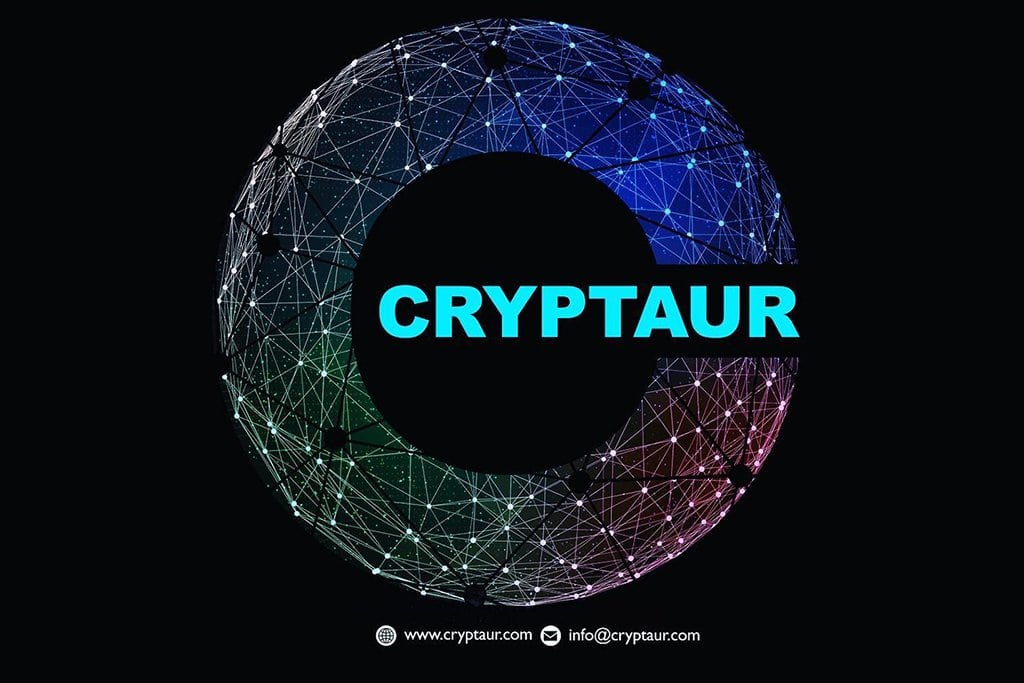
Please check out latest news, expert comments and industry insights from Coinspeaker's contributors.
Crypto exchanges like LA Token encrypt their keys, require 2FA Verification on accounts, hold 99.5% of users’ digital assets in cold storage, and have DDoS protection.

The cryptocurrency industry is still relatively new, and while it is not as unregulated as it has been in the past, there are still numerous scams that investors need to watch out for. These scams come in many forms and include phishing scams, rug pulls, and Ponzi schemes.
The good news is that there is an abundance of educational information available to help defend yourself against these scams. Certain red flags are identifiable and can help you spot a crypto scam before it happens. Here are 5 red flags to watch out for.
Giving someone access to your private key or recovery phrase is the single most dangerous thing you can do with your crypto assets. Cold storage wallets like Ledger and Trezor are specifically designed so that the company never has access to your private key recovery phrase.
Your private keys are what enable you to send your crypto from one address to another. If someone has your private keys, they can drain your account with no way to reverse the transactions. This is why it is of the utmost importance that you never share your private key or recovery phrase with anyone. No crypto exchange, wallet provider, or third party will need access to your keys to complete a transaction.
Never trust; always verify. This phrase is common in the cryptocurrency industry as it carries a practical lesson. It is critical to verify that the account on the other end of your transaction is who you are intending it for. Remember, all transactions are final.
Scammers rely on emotive language to try and swindle users out of their cryptocurrency. They might appeal to your empathy by telling you that they need Bitcoin because they’re in danger, or need to pay a debt. They could engage in FOMO tactics that will pressure users to send their crypto assets for fear of missing out on a great deal. If you feel yourself being pressured into a transaction, take a step back and evaluate the likelihood of it being a scam.
Scammers have always been very effective at convincing users to give up sensitive information. Nigerian princes and Social Security Number breaches are some of the more notable scams.
Crypto scammers use the same tactics, just with new information. They make use of livestream celebration scams that attach a legitimate and trusted name to a fake account and promise unrivaled returns. An example would be taking an old video of Elon Musk or CZ (of Binance) and attaching a scammer’s QR code to it, promising to double or triple your investment in a very short time. If it sounds too good to be true, it usually is.
Before the mysterious death of QuadrigaCX’s founder and CEO Gerald Cotten, there were some noticeable irregularities with the exchange. Mr. Cotten was effectively using QuadrigaCX as a Ponzi scheme, paying out users with new deposits. However, when the market turned bearish, there weren’t enough new users to support the withdrawal requests of existing users resulting in the collapse of the exchange.
One indication that QuadrigaCX was operating in bad faith was through the lengthy delays in withdrawals, and a complete lack of best practices for cold storage, and audits. When choosing an exchange, do your own research to determine the reliability of the platform. Crypto exchanges like LATOKEN encrypt their keys, require 2FA Verification on accounts, hold 99.5% of users’ digital assets in cold storage, and have DDoS protection.
One of the most amazing things about blockchain technology is that every transaction is permanently recorded on the blockchain. This is how blockchain technology can eliminate the element of trust from the equation. This means that if someone is trying to claim that a transaction never went through, there is a very easy and reliable way to instantly verify this. Sites like blockchain.com and cointracker.io offer this service.
Disclaimer: Coinspeaker is committed to providing unbiased and transparent reporting. This article aims to deliver accurate and timely information but should not be taken as financial or investment advice. Since market conditions can change rapidly, we encourage you to verify information on your own and consult with a professional before making any decisions based on this content.

Please check out latest news, expert comments and industry insights from Coinspeaker's contributors.




